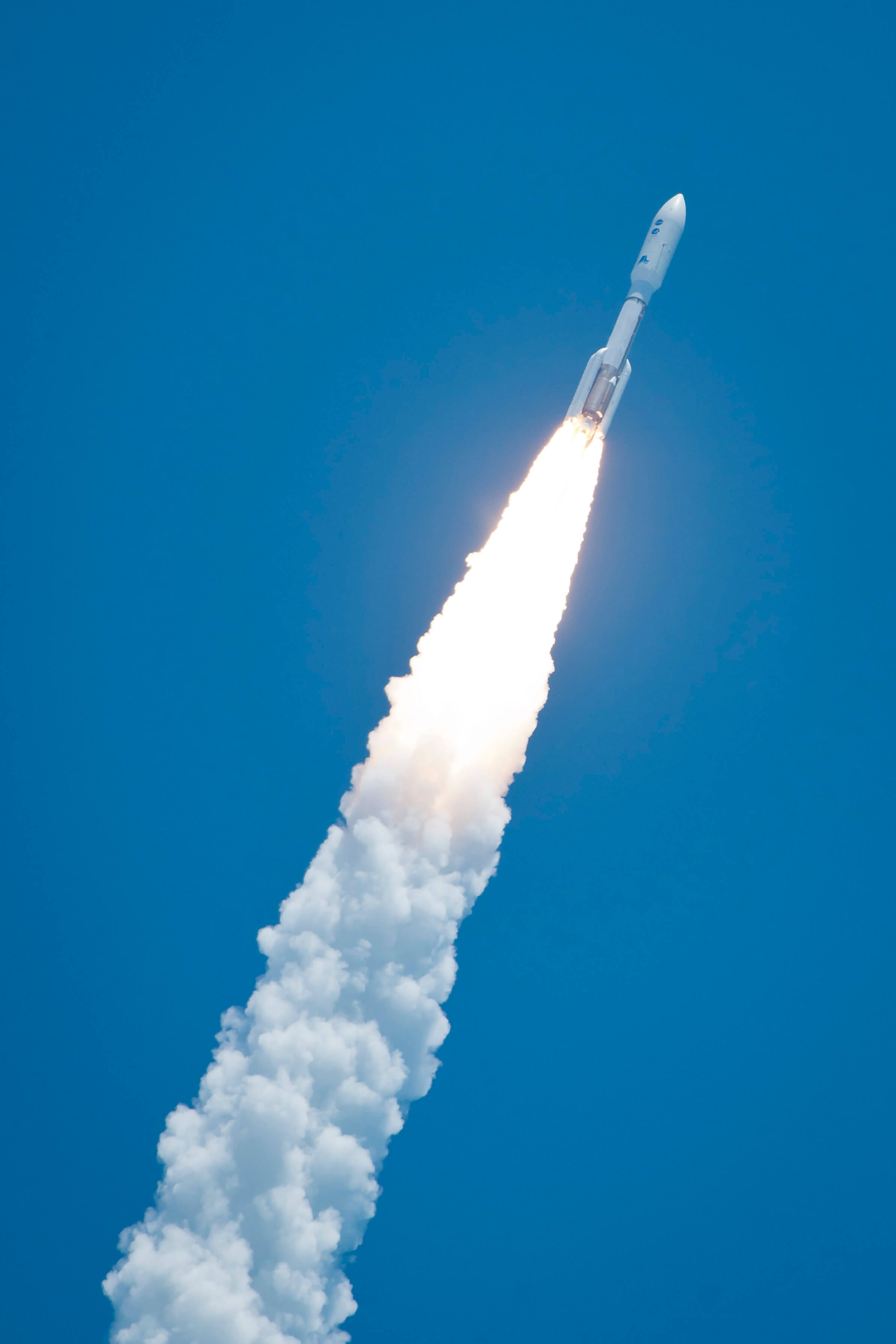The detailed study of the largest planet in the solar system will help reveal the origins and evolution of Jupiter. As a prototype of gas giants, Jupiter can help scientists understand the origins of the solar system and also learn about planetary systems orbiting other stars.

The Juno spacecraft, which is equipped with a large solar collector, was launched today (12:25 local time, 19:25 Israel time) from the Kennedy Space Center and began a five-year journey to Jupiter.
The detailed study of the largest planet in the solar system will help reveal the origins and evolution of Jupiter. As a prototype of gas giants, Jupiter can help scientists understand the origins of the solar system and also learn about planetary systems orbiting other stars.
Two hours later, flight controllers received telemetry readings from the spacecraft indicating that it had achieved the correct heading and that its massive solar collectors, the largest of any other NASA spacecraft traveling to the outer solar system, had been installed and were generating electricity.
"We are on the right track and the first signs indicate that everything is going as planned" says Jan Koudas, Juno Project Manager at NASA's Jet Propulsion Laboratory in Pasadena, California. "We will know more about Juno's condition a few hours after its radios receive power and emit signals that will be picked up by the antennas of the Deep Space Network in Canberra, Australia"
Juno will cover the distance from Earth to the Moon - 402,336 kilometers as of today - in less than one day. It will take her another five years and 2.8 billion kilometers to complete the journey to Jupiter. The spacecraft will circle the planet in a polar orbit 33 times and will use eight scientific instruments to dig beneath the cloud cover and study Jupiter's origin, structure, atmosphere and magnetosphere, as well as detect signs of the existence of a solid core.
With four large moons and many small moons, Jupiter is itself a miniature solar system. Its composition is more like a star, and if it were bigger, about 80 times, it could become a second star in the solar system.
"Jupiter is the Rosetta Stone of our solar system," says Scott Bolton, Juno's principal investigator of the Southwest Center Institute in San Antonio. "It is the oldest planet, contains more material than all the other planets, asteroids and comets combined, and it carries within it the story not only of the solar system but also of ours. Juno goes there as our messenger, a vessel to translate what Tzedek has to say to us."
The name of the spacecraft Juno comes from Greek and Roman mythology. The god Jupiter drew clouds around him to hide damage, and his wife, the goddess Juno managed to penetrate through the cloud and reveal Jupiter's true nature.
The Deep Space Network (DSN) is an international network of antennas that support space missions in the solar system as well as radio and radar observatories that study the solar system and the universe. The network supports several missions orbiting the Earth.
JPL manages the Juno mission for principal investigator Scott Bolton. Juno is part of NASA's New Frontiers missions managed from the Marshall Space Center in Huntsville, Alabama. Lockheed Martin of Denver built the spacecraft. The launch was the responsibility of the Kennedy Space Center. JPL is a division of the California Institute of Technology.
"Today, with the launch of Juno, NASA began a journey to a new frontier," said NASA Administrator Charles Bolden. "Future flights will include innovative science payloads like this one to help us better understand our solar system with which we will also reach a wide variety of challenging destinations."

10 תגובות
In order for a spaceship to break away from the gravity of the Earth, it needs to accelerate to around 10 km per second.
It doesn't work out if the time it takes for Juno to travel the distance from Earth to the Moon on the first day of its journey.
Anyone have an explanation?
Now I understand, it means mass and not physical size.
thank you for the answer.
Ronan:
It seems to me that you are talking about the diameter and not the radius (but the ratio is preserved).
The diameter of the Sun is about 10 times the diameter of Jupiter
The volume ratio is therefore approximately one in a thousand.
It turns out that this is also about the mass ratio.
The point is that Jupiter does not have to be the size of the Sun to become a star (one that produces energy from nuclear fusion). For this, a mass approximately 75 times greater than that of Jupiter is theoretically sufficient (this number is calculated for a star whose chemical composition is similar to that of the Sun, and it is possible that the ratio of 80 times arises from the different composition of Jupiter and the Sun).
The smallest known star is AB Doradus C which is 93 times more massive than Jupiter.
a quote:
“With four large moons and many small moons, Jupiter is itself a miniature solar system. Its composition is more reminiscent of a star, and if it were larger, about 80 times, it could become a second star in the solar system."
80 times? Isn't that a bit excessive?
Jupiter 135000 thousand in radius approximately
The sun is approximately 1400000 thousand in radius
80*13500= 10800000 ???? What is Beetlejuice?
Something is wrong with me...
Goodbye spaceship. (-:
I'm not leaving the site no matter what
Will it explore the moon Europa which may contain an ocean of water?
If not, then too bad.
Given the precarious economic situation of the USA, this may be the last mission for at least the next decade
To Itzik, if you leave the site for five years, you will lose about 5,000 articles.
So see you in five years
Nice article, only one thing is missing, which instruments are on the spacecraft